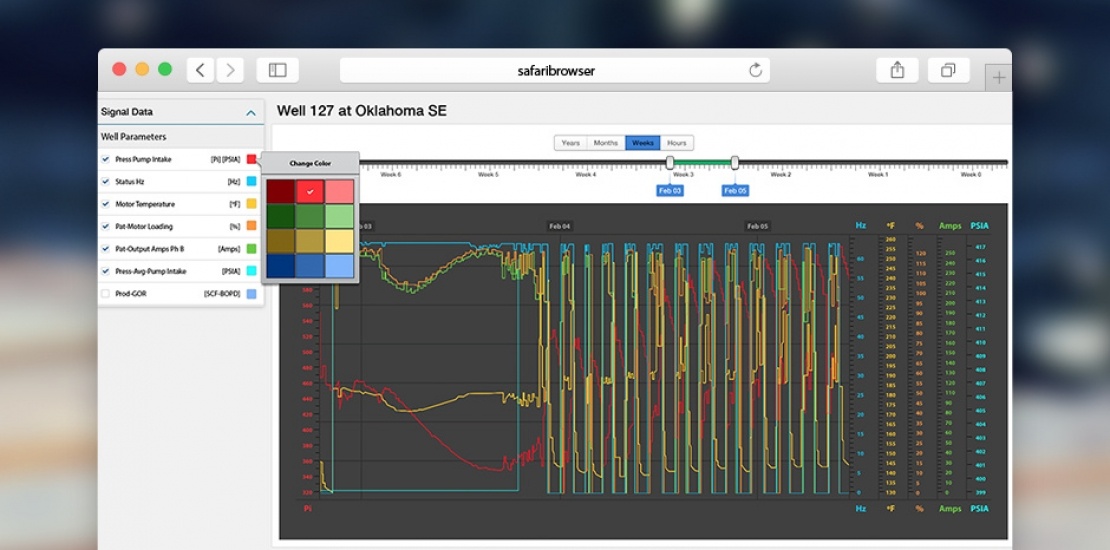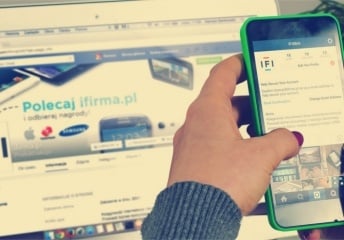Introduction
Innominds designed a simple interface that allows experts in the Oil and Gas Industry to predict future events by teaching human insights to machines. The end result for our client was substantial – massive savings on time, money and resources.

THE PROBLEM
|
Oil and gas companies are always looking to optimize their methods, but many times they face challenges doing so. One of our clients in the Oil and Gas industry faced a problem that required teaching human insights on the prediction of future events to machines. As background, in order for a machine to “learn” and perform a new task, it needs to modify an existing pattern as a part of its central nervous system using the same controlling apparatus. Algorithms must be built a certain way so that controller units will automatically modify the programs based on new data, allowing for human-like reasoning to be built into the minds of machines one aspect at a time. A task, such as balancing a glass, can literally be “taught” to a robot by building its control system with an observation unit that constantly modifies the angle (movement, vibration etc) at which a glass is held. Each time an external force destabilizes the balance, the observational unit (in real time) is able to learn to compensate and as a result be able to balance the glass. Similarly, machine learning employed in many industries is used to perform various predictive tasks. |
In industries where constant monitoring is required, computer engineers build prediction capable machinery with this idea that as subject matter experts draw models to make inferences, the software learns to mimic human intelligence based on what the subject matter expert is doing. It learns to analyze data generated by sensors and predict future event occurrences in systems where such data can be analyzed. Our client is in the Oil and Gas industry, where large-scale industries embed high-quality, high resolution sensors on their machines. The problem before our client was, due to technological limitations, only a portion of the data generated by these sensors is ever analyzed. This problem exists in other industries beyond Gas and Oil, too, such as Utilities, Healthcare, Transportation, Minerals and others. They approached Innominds with the question of: “Can machines be given a human element, consuming all of the data generated by sensors to predict events just like we humans do?” |
INNOMINDS SOLUTION AND SUCCESSFUL RESULT
|
SOLUTION Our answer was YES, machines today do possess such an ability. And that is exactly what we did here at Innominds. We designed an interface for one of our Oil and Gas clients that allowed the user to further that ability. We knew that given the right set of tools, the SME was able to gather information, analyze the problem, make observations and check whether the hypothesis scales to similar cases. Sensor data was the only form of data that was being received. And time was the most important dimension to this data. SMEs needed continuous sensor information with the ability to reference a particular point in time. The Innominds solution was to give the user the ability to both map and visualize incoming sensor data on a timeline. This would equip the user with tools to not only face similar obstacles, but also new ones. |
THE RESULT By cutting the time the user spent observing historical data, we were able to provide the ability to assess similar cases, as well as assess those cases that were similar in a particular way. Innominds extended the capabilities of the application beyond the relationship between the machine and the user. In other words, we created the ability for the user to be able to collaborate with other SMEs. An interactive document was generated to keep annotations and other information from the application. Innominds enabled the SME to teach machines pattern recognition and solution identification through human insights and then apply those patterns in real-time. By creating an interface that changed the way experts worked, Innominds was able to offer a universal solution that scaled across many industries. |
In the end, we enabled the SME to teach machines pattern recognition and solution identification through human insights and apply those patterns in real time. By creating an interface that changed the way that experts worked, we were able to offer a universal solution that scaled across industries.






